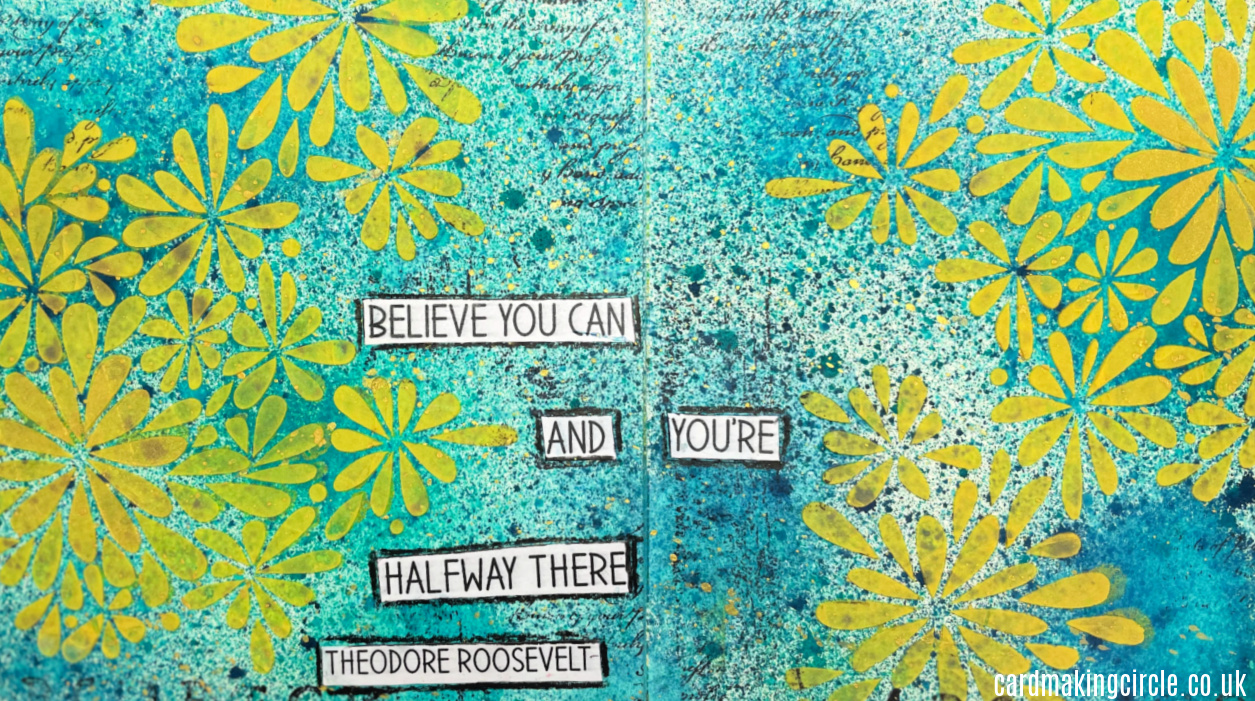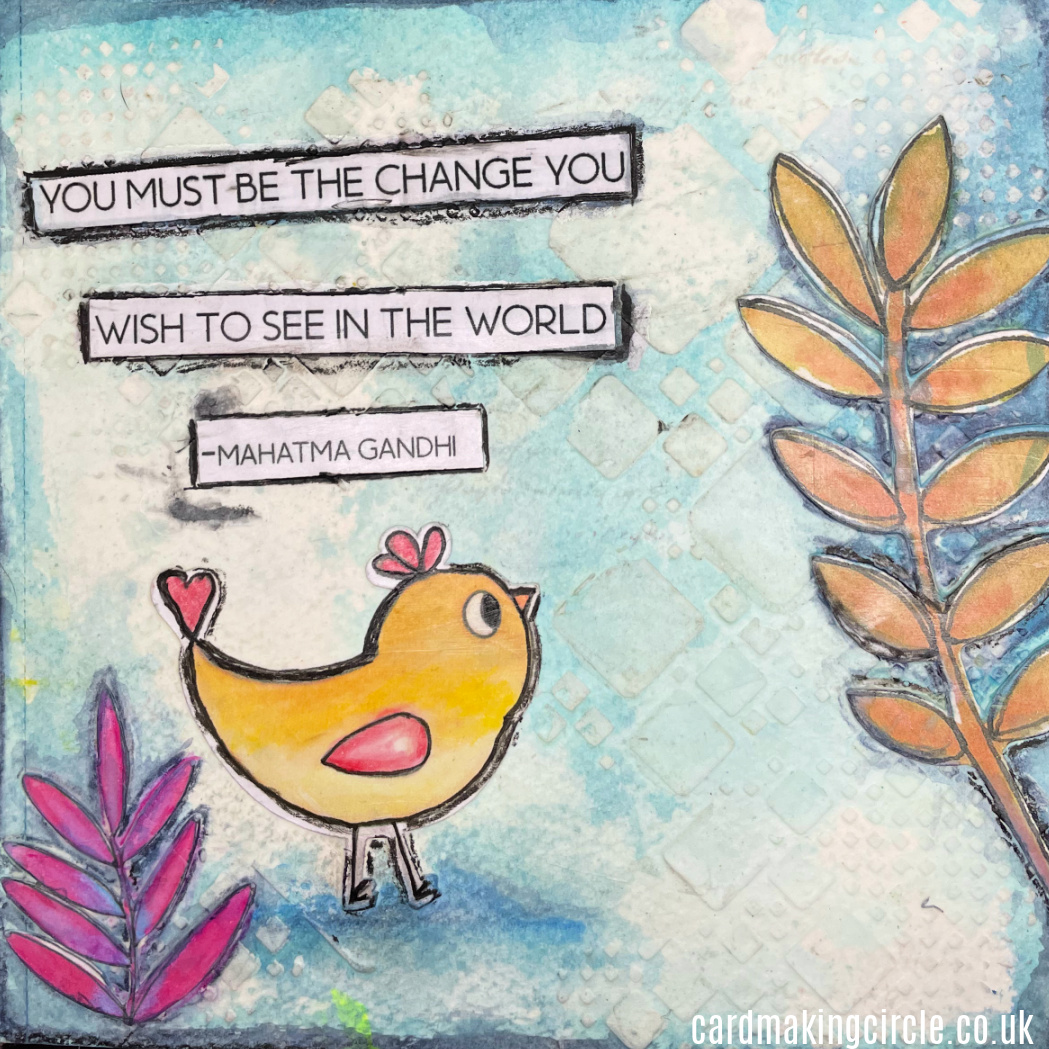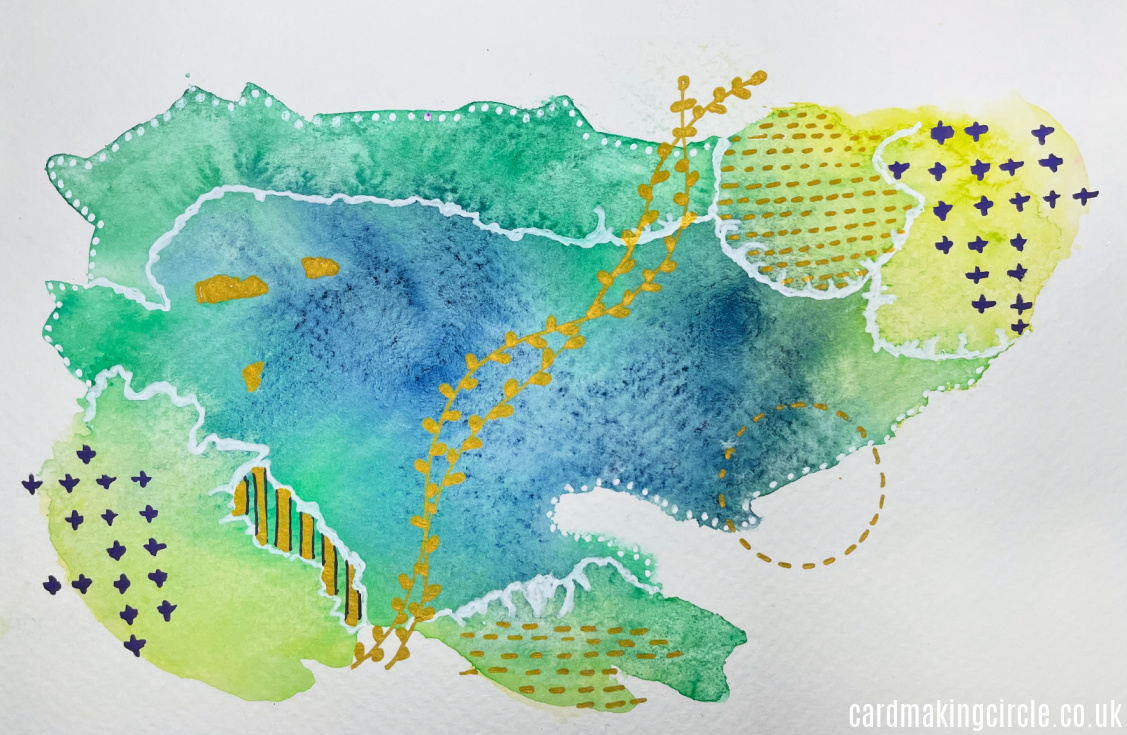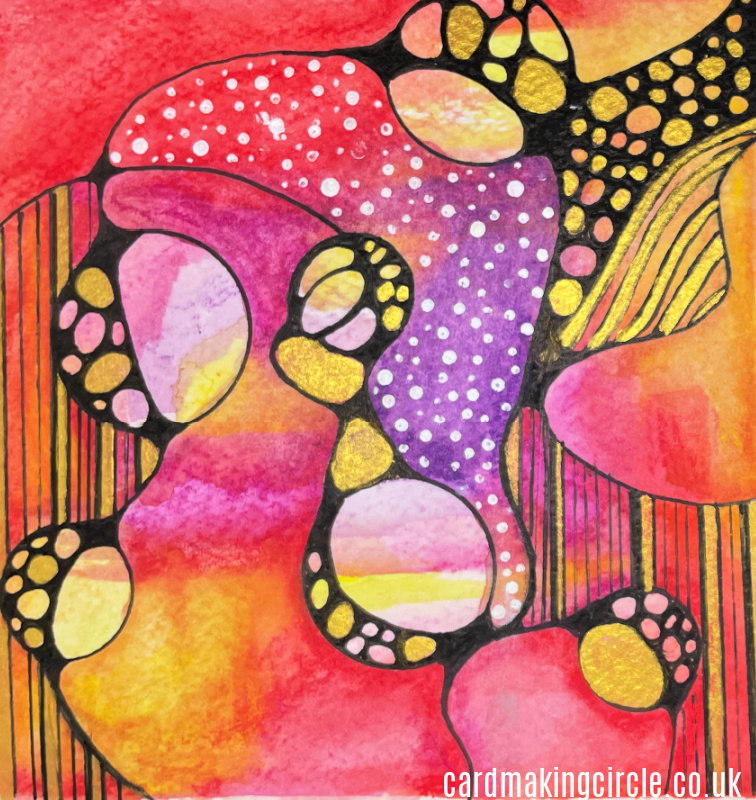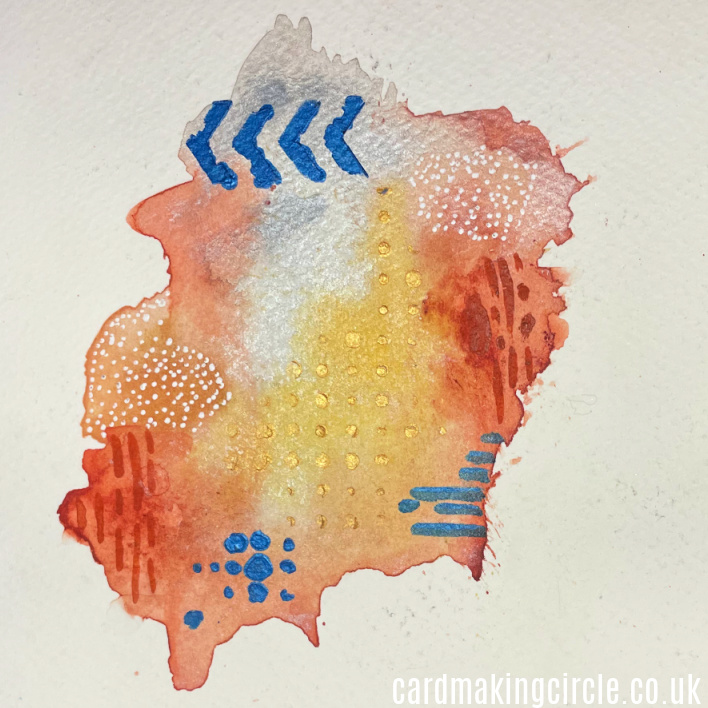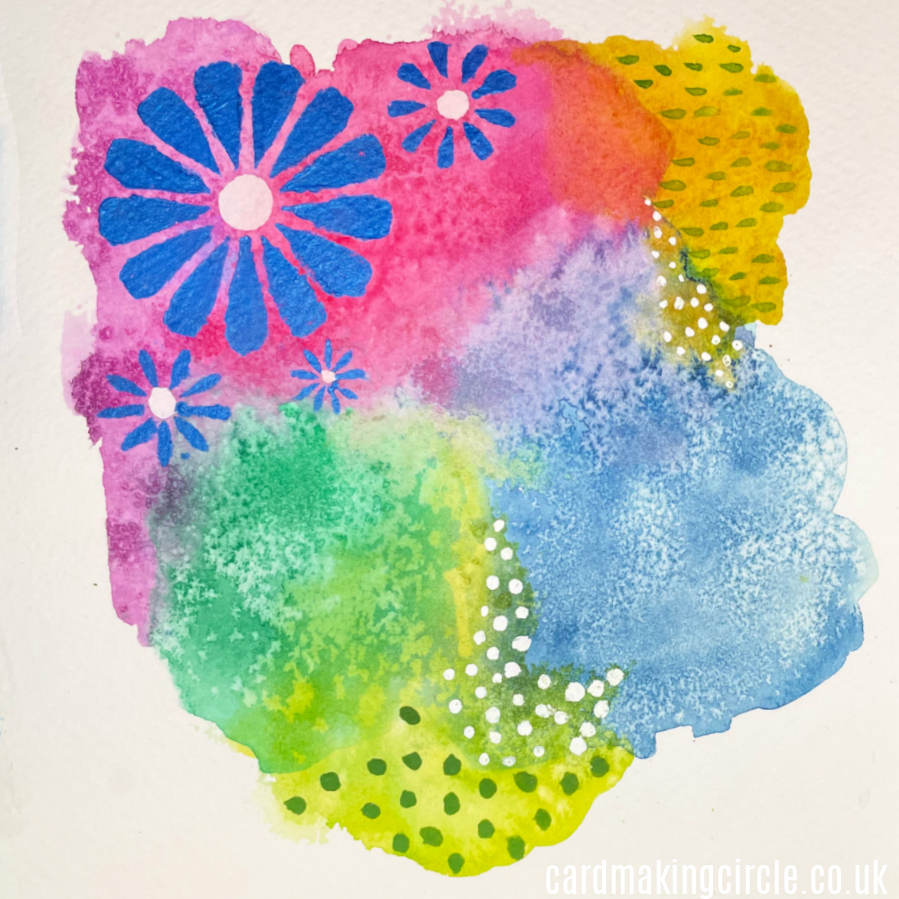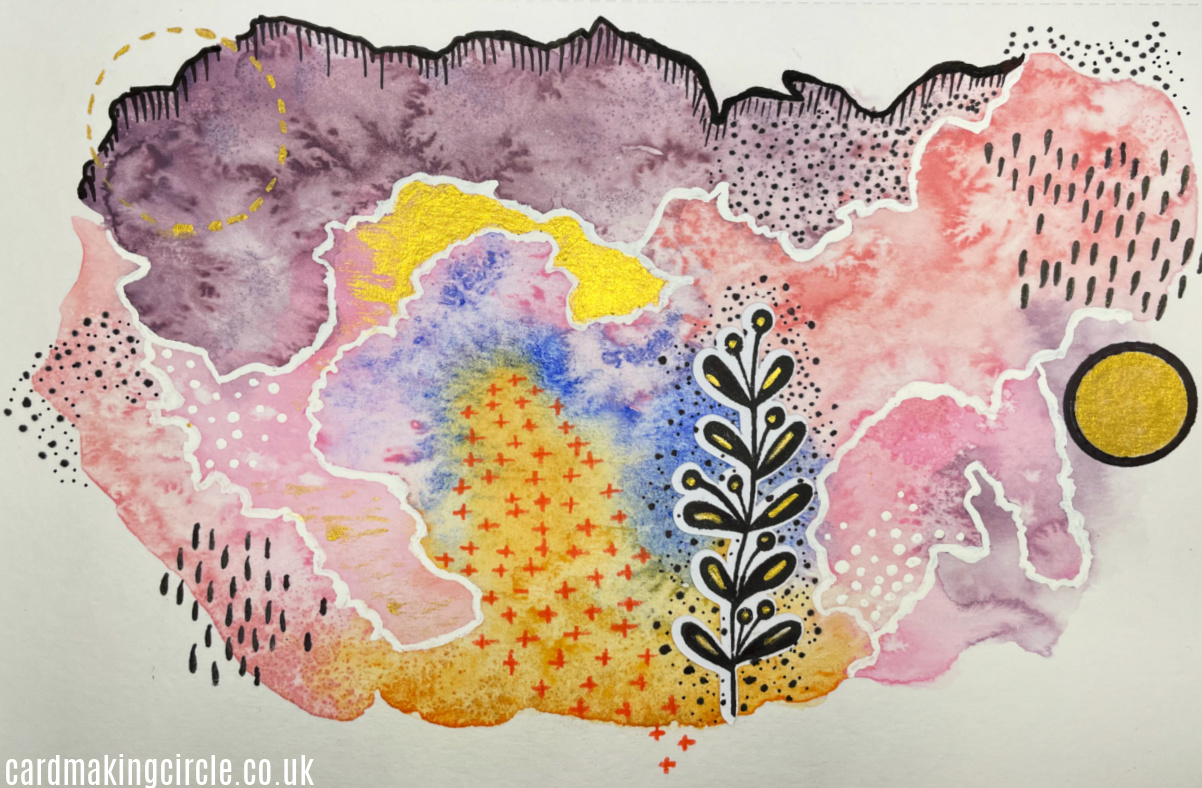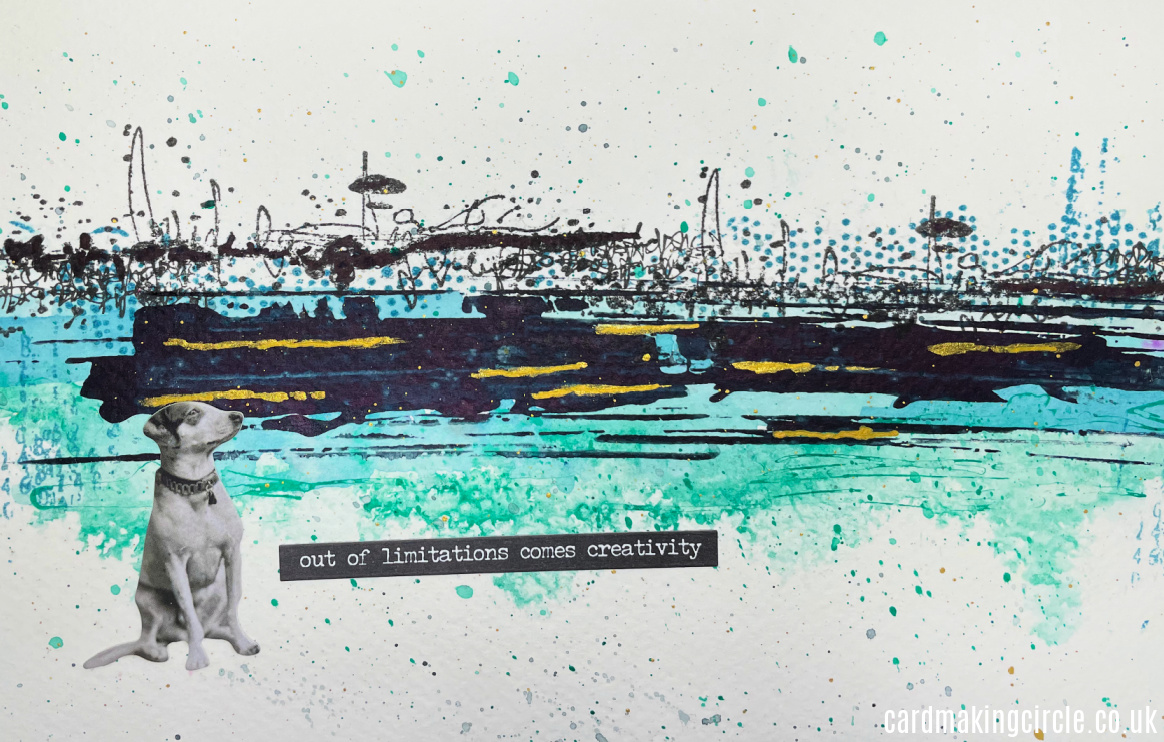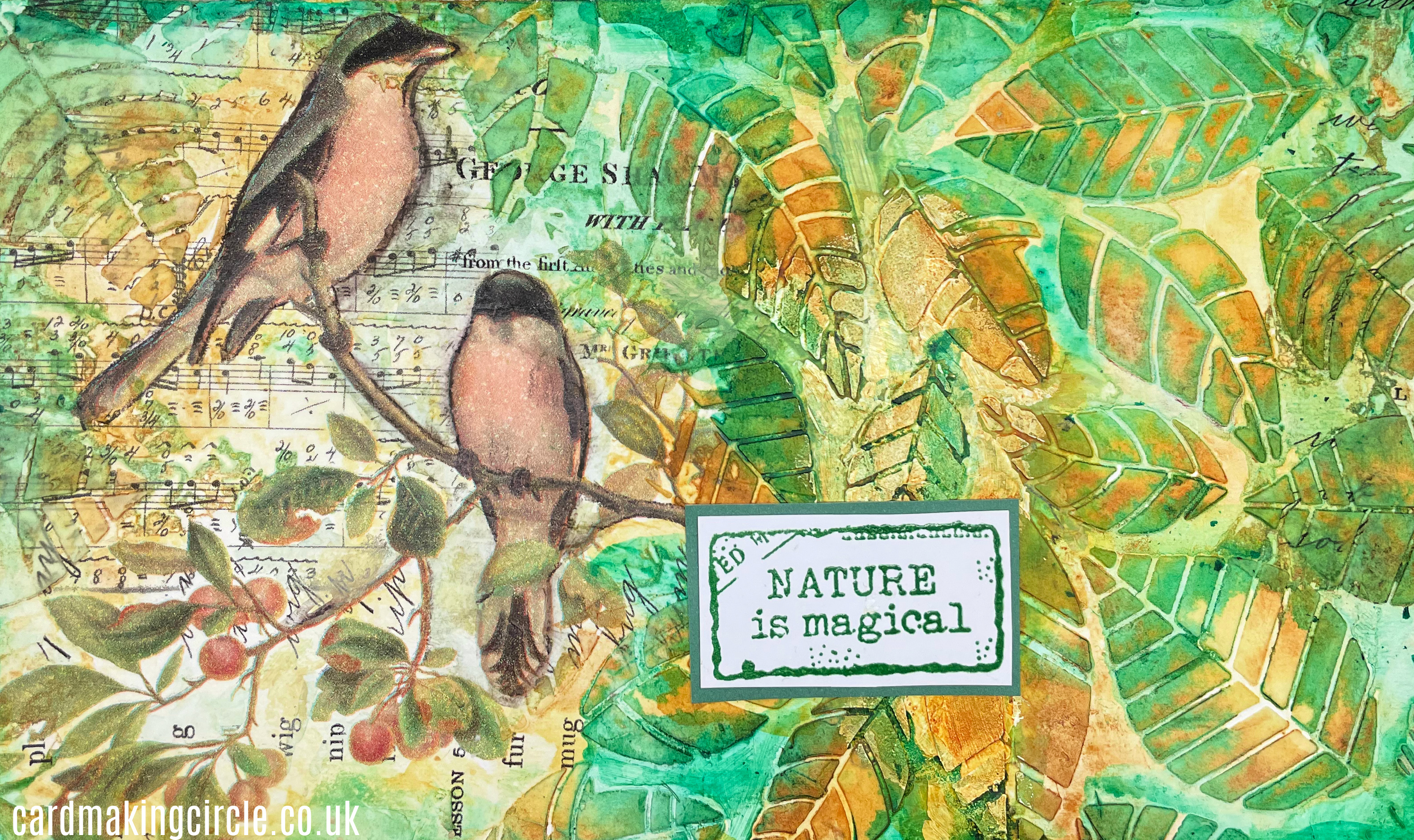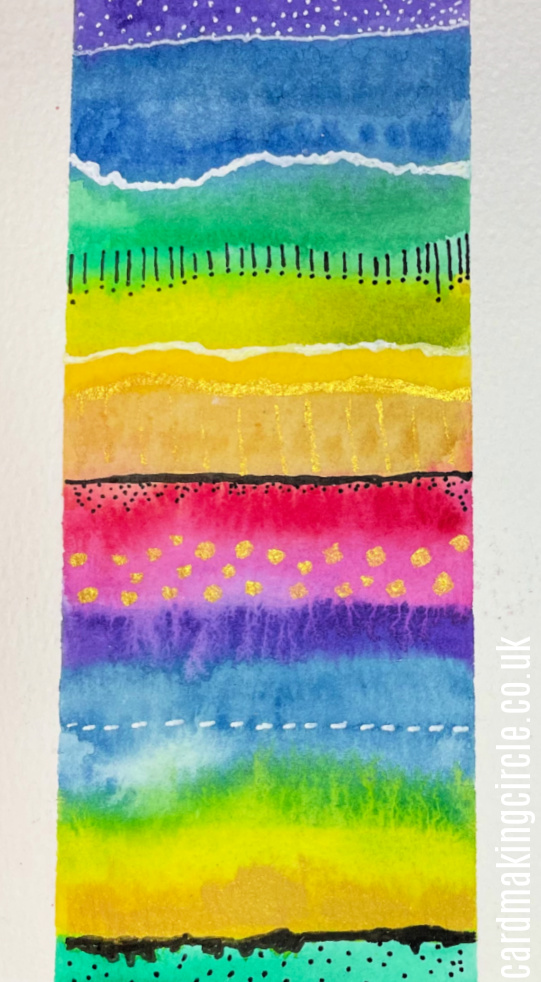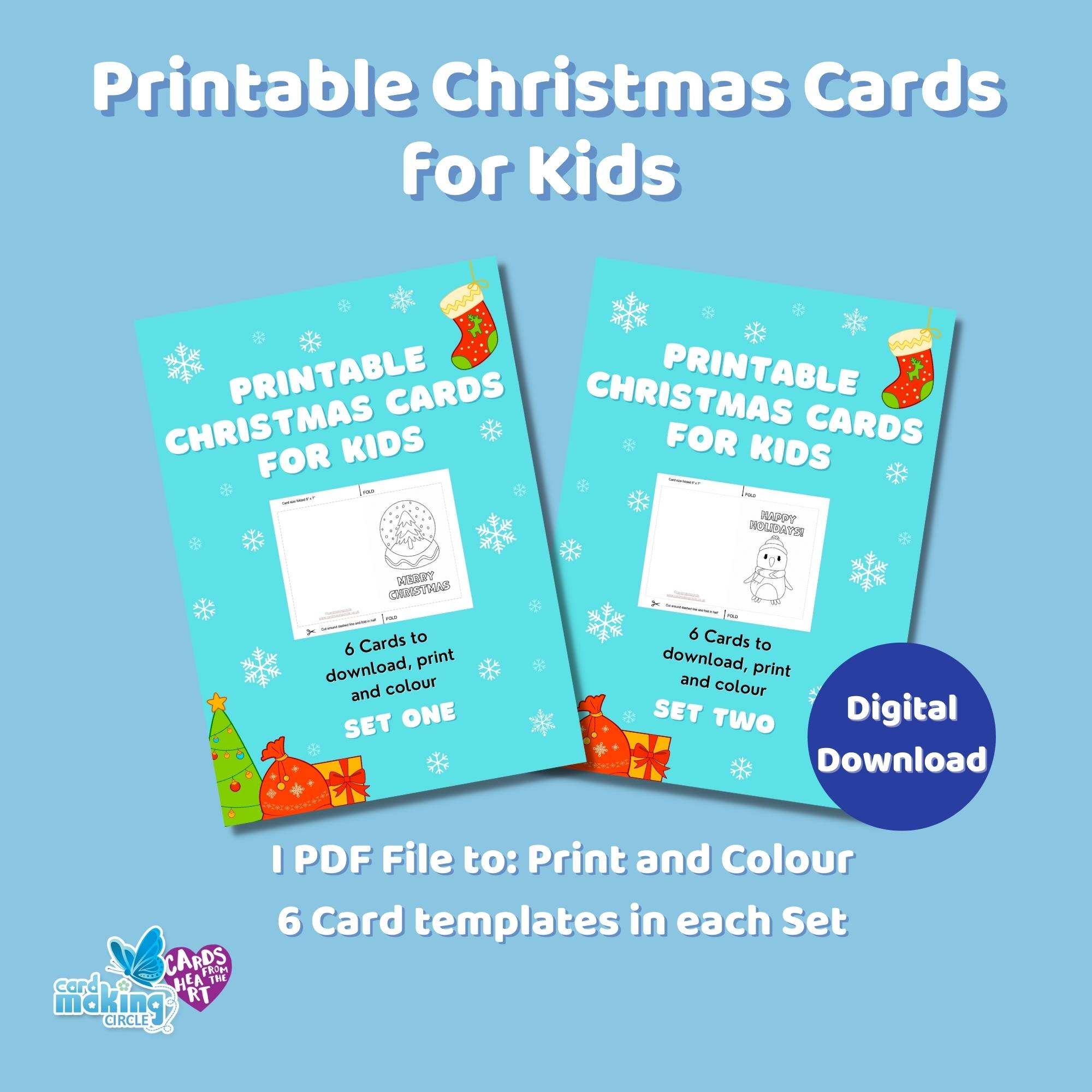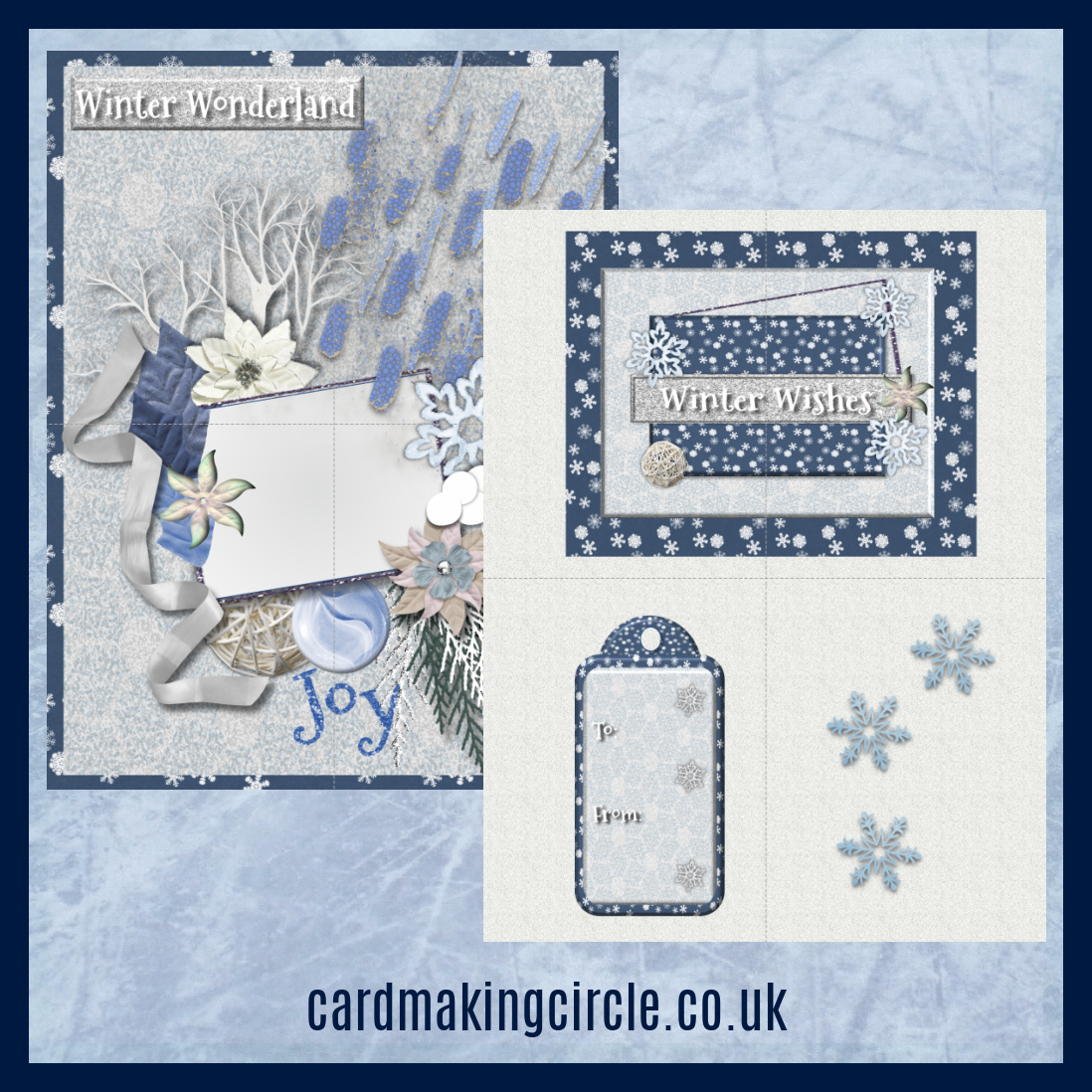Sign up TODAY for Card Making News! Learn More >
- Home
- Card Making Ideas
- Art Journal Ideas
Art Journal Ideas
for Beginners
Art journaling combines creativity, exploration, and innovation.
It's the ideal opportunity to explore with your card-making tools in an exciting way. You're not just limited to card-making materials but a lot more - fabrics, newsprint, maps...the works!
An art journal is your personal playground.
You can use it to experiment with colour, texture, materials, and new skills. If you are a beginner, finding your way in this huge world of journaling can feel overwhelming. But don't let that stop you!
This page will offer you art journal ideas for beginners to get you started on your creative journey.
Choosing a Journal
Most crafters prefer to work in an art journal as it keeps everything in one place. And there's nothing more satisfying than doing a flip through of your work.
There are so many journal options, it can be a bit overwhelming.
First, consider what type of artwork you plan on creating in your journal.
For instance, if you prefer using watercolours, choose a journal with watercolour paper. As you want it to handle the wet media without bleeding through the pages.
Or if you love using different art supplies, you might want to look for a journal with mixed media paper. This type of paper can handle a variety of media, from paints and markers to collage.
You can even use an old book. Glue pages together to make a thicker pages. Cover with Gesso to prime your page to prevent any media bleeding through. You will need to remove some pages as the book will get bigger as you use it.
Next consider the size.
Too big and you may never start! You can always go bigger as you gain confidence and experience.
Consider the binding of the journal as well. A spiral bound journal will lay flat while a hard bound journal will need clips to hold the pages open.
Lastly, consider your budget.
Art journals come in a wide range of prices. So think about how much you're willing to invest in your journaling experience.
Remember, you don't need the most expensive journal to create beautiful art.
Choose a journal that makes you excited to start creating, not one that leaves a dent in your pocket!
Art Journal Prompts - To get You Started
Are you nervous about that first page?
Don't be. Here are some entertaining journal prompts to start your art journaling journey.
- Use a watercolour colour to express your current mood
- Sketch an abstract using geometric shapes.
- Add a word or a phase to the centre of the page and then branch out with doodles.
- Combine the use of photography and sketching on one page.
- Dedicate an entire page to your favourite colour or colour combinations.
- Make a page about your favourite song lyrics.
- Draw your own zentangle design.
- Design a neurographical pattern across the whole page.
- Decorate the page with quotes that inspire you.
- Use a picture of your favourite plant or flower as your focal point
- Use stencils to create a pattern on your page.
- Collage a page of your favourite pieces from magazines.
Karen Burchill makes amazing art journal pages using napkins. You can watch many examples on her YouTube Channel.
Karen also sells Art Journal Prompt Cards and Process Cards as a digital download through Ninny's Napkins. They can be cut up and laminated ready to be used whenever you need inspiration.
Art Journal Steps
As a beginner it can be intimidating to know where to start and what to include.
These steps will help you on your way....
- Gather Inspiration - Collect images, quotes, and colours that inspire you. Look through magazines, art books, and online images.
- Decide on your process - Are you going free style? Start and see where it takes you. Or do you work best with a theme? If it's the latter decide on your subject or topic that you can base your ideas and design on.
- Select a Colour Palette - The possibilities are endless. You can stick to a few favourite shades or mix a rainbow of colours. Experiment with different combinations. If stuck look at colour palettes on Pinterest and Google.
- Select Materials - Gather your art supplies like pencils, paints, markers, inks, glue, scissors, brushes etc.
- Prepare your Page - If you intend to use heavy media like paint or ink, prep your page with a layer of gesso or primer. This prevents the medium from soaking through the page.
- Layout Design - Lightly sketch out your design with a pencil on the page. Plan where the images, text, and other elements will be placed.
- Apply Base Layer - If you're using paints or other colour mediums, lay down the first layer. This might be a wash of colour, a painted background or simply a layer of Gesso. Let it dry before proceeding.
- Add a second layer (optional) - Add other mediums such as texture or stencil paste. This will add texture and dimension to your artwork.
- Apply collage (optional) - Add collage such as torn paper, magazine clippings, napkins or collage paper to part or all of your page. Cover with Matt Medium or Mod Podge to protect the paper. Collage can also be added at the beginning as a base layer.
- Add Images (optional) - Paste any collected images, drawings or printed photos. Layer them over your painted background.
- Embellish the Page - Add more depth and interest to your page by using stamps, stencilled patterns, wax crayons etc. Add mark making with pens or pastels if required.
- Add Text - Add your chosen texts, they could be handwritten, stencilled, or printed quotes.
- Highlight and Shadow - Use markers, inks, or coloured pencils to add shadows and highlights on your page. It will add depth and dimension of your page.
- Final Touches - Complete your page by adding any final touches. This might include additional doodling, accents, outlines or more colour for balance. Review your page, how do you feel about it? Decide whether any additional changes are needed.
Don't be afraid to make mistakes.
Remember, the art journal is a place for you to be creative and experiment. It doesn't have to be perfect - the most important thing is to enjoy and have a go.
Blank Page Syndrome
It's perfectly normal to feel paralysed by the blank page or 'Blank Page Syndrome'.
But there's no room for perfection in creativity.
Start by scribbling, doodling or splashing colours. It helps to let go and break free from the looming pressure of the blank page.
Still, feel stuck? Perhaps a short break and some fresh air can rejuvenate your exhausted mind.
Add Mixed Media Techniques....
So, ready to take an adventurous path and make your mark?
Mixed media techniques will add dimension by experimenting with different materials and textures.
Don't be discouraged, mixed media doesn't need to be scary!
It can be as simple as introducing fabric or tissue paper to create texture on your page.
The beauty of mixed media is that there are no rules!
And Finally....
Remember, your art journal is a reflection of you.
It's a space where you can let your creativity run wild, make a mess and still create something beautiful.
So, let loose!
Be original and have fun as you create and explore.
- Home
- Card Making Ideas
- Art Journal Ideas
